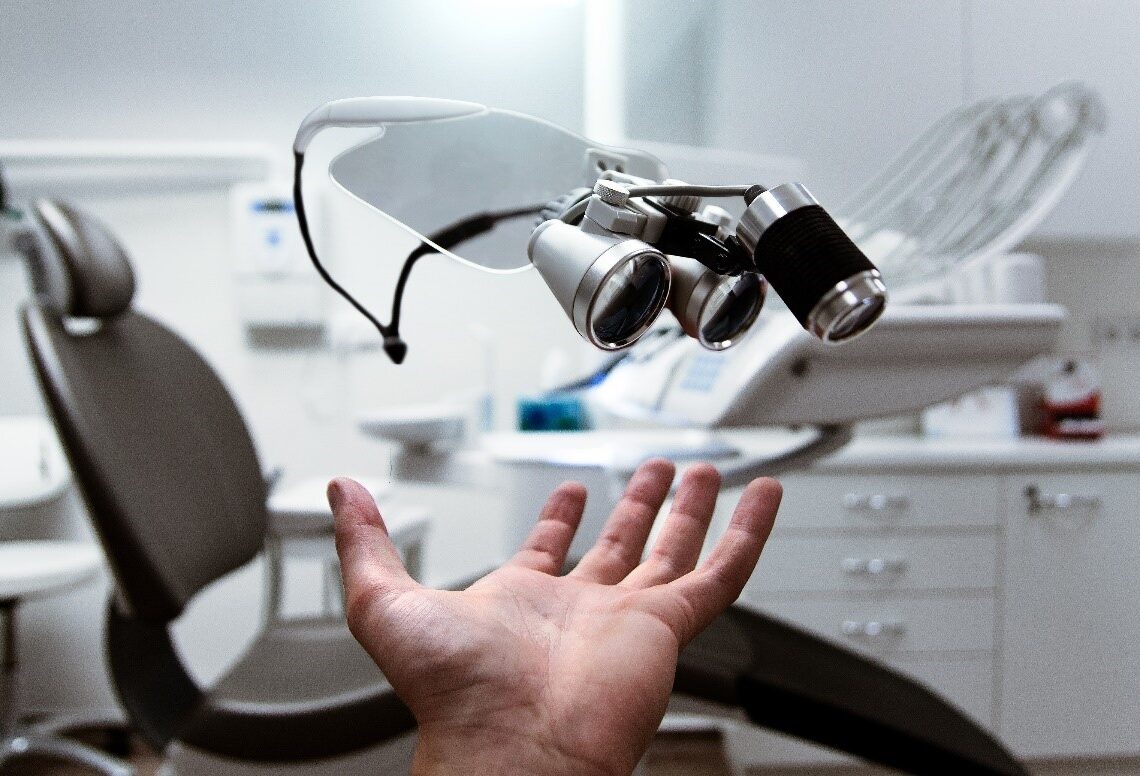Are There Any Solutions or Cures to the Global Epidemic Myopia?

Myopia or nearsightedness is a growing concern in this country and the global community. Research shows that almost 40% of the US population has myopia or nearsightedness, and professionals in the industry expect this epidemic to continue to grow. By 2050, 50% of the population of the world’s population, nearly 5 billion will be myopic.
Scientists and Researchers have thus far not been able to isolate one cause of Myopia. Some scientists say that the global spread of myopia is due to increased screen time. Other scientists say that near-sighted actions such as reading strongly correlate.
However, where scientists and others do agree is that there is an escalation in screen time among the current generation.
Today, screens are all around us- on the subway, on computer screens at work, and on cellphones.
To understand Myopia in greater depth, we need to define it:
What is Myopia?
People with Myopia see nearby objects such as road signs or people blurred, however they are able to see objects in the distance.
Myopia is more likely to occur in childhood- because the eye is suppler and more inclined to enlarge. Myopia symptoms are less likely to affect adult eyes because of their increased rigidity.
The origins of the word Myopia (come from the Greek root ‘Opia’ meaning eye / visual condition) begin in Ancient Greece nearly 2,000 years ago . However, it is only until recent times where there has been an upsurge of Myopia. The mystery is why there has been such a phenomenal spread of nearsightedness in the millennial age.
In a recent survey by the Vision Council, 93% of 9,700 adults reported spending two hours or more a day in front of some type of screen (smartphone, television, e-readers, or home computers). 61%- reported that they spend five or six hours, and 30% reported that they spend nine hours a day in front of a screen. These findings are consistent with a recent study by the market research group Nielsen that in the first quarter of 2018 found US adults spend 11 hours per day on tablets, smartphones, and computers; an increase from nine hours, 32 minutes just four years ago.
(For more on why the use of mobile devices is growing among this generation of teenagers: https://www.merraine.com/behavioral-health-is-social-media-a-force-for-the-good-or-not/)
Screen Time and Myopia
Employees that sit at their computers also have an increase in symptoms related to Computer Vision Syndrome. The indicators of Computer Vision Syndrome are more likely to happen when a person is reading off a computer screen. Research shows that reading (off a computer screen) causes blink rate to drop drying out the eyes.

Mobile Phone Use among School Children and Myopia
A recent study by the Dublin Institute of Technology found a highly significant correlation between Myopia and rising mobile data use among schoolchildren. Researchers found that students with nearsightedness spent twice as much time on their phone daily when compared to students without. Moreover, researchers found that these students (with nearsightedness) spent almost one third of their day on their cell phone.
The same research also reports that 84 % of students said they used a smartphone in bed every night. They also reported that younger students spent more time on their phone in bed compared to older students.
Are There Any Solutions or Cures for the Prevalence of Myopia?

Many office employees spend over eight hours a day in front of a computer. This serves to increase eye fatigue and enhance the risk of nearsightedness or Computer Vision Syndrome. For employees that spend their day by a computer, eye health professionals suggest implementing the 20/20/20 rule.
What is the 20/20/20 rule?
Every 20 minutes in front of a computer screen at work, look at an object 20 feet away for 20 seconds. It takes at least 20 seconds for eyes to relax. If in an office or at home, it is a great idea to drink green tea or a cup of water– green tea is even more effective as it comprises antioxidants called catechins; these antioxidants produce tears helping eyes to stay lubricated.
Currently, there is a lack of scientific proof supporting the effectiveness of the 20/20/20 rule but both the American Optometric Association and the American Academy of Ophthalmology recommend it to minimize eyestrain.
Innovative Solutions to Halt the Progress of Myopia in Children
New Therapeutic Glasses that stop the progress of Myopia
Jay Netz and wife Maureen, both professors of ophthalmology at the University of Washington, created innovative therapeutic glasses that stop the progress of Myopia in children.
These special glasses are equipped with a foggy grid on the peripheral vision. The grid makes the glasses wearer think they are seeing an up-close object further away. These marvelous glasses also stop the effected eye / eyes from growing.
Netz and his wife Maureen performed three proof of concepts studies comparing the therapeutic glasses to a regular pair. The proof of concepts studies shows that their therapeutic glasses show great promise as a cure to childhood Myopia.
A great testimony to the effectiveness of Netz’s glasses is that children prefer wearing the therapeutic glasses two years after trying the pilot pair.
Three ideas to slow down Myopia Progression
The National Eye Institute says that Myopia is more common in schoolchildren between the ages of 10-14- is it possible to slow down the progress of Myopia?
Cooper Vision suggests three ways to slow down the progress of Myopia:
- Ensure a balance in your child’s day: Results from 145 studies covering 2.1 million participants showed the main drivers of myopia are lifestyle. Today’s younger generation spend copious amount of time on digital devices. Eye Health Professionals recommend limiting the time children spend on mobile devices and encouraging them to play sports and interact with their friends outdoors.
- Encourage kids to spend more time outside at home and doing outdoor activities at school: Current research suggests that each additional hour of time reduces the onset of myopia by 14%. Outdoor activities engage them in more distance-vision recreation that puts less strain on their eyes than near-vision activities such as reading off a computer screen.
- Softer contact lenses for children: Research shows that multifocal contact lenses minimize the progression of myopia.
Innovation and Practical Solutions to Stop the Spread of Myopia
Myopia is a growing global issue in today’s modern climate. In order to stop the snowballing effect of this growing epidemic, proactive steps are necessary to create positive change. A key part of movement towards progress includes implementing educational programs at work and at school to spread awareness of the effects of longer screen time. At work, employees that spend every day by computers need to take short breaks and keep hydrated. In educational settings, teachers and parents need to encourage children to participate in outdoor activities or indoor recreation in the winter that are just as engaging as social media.
Shepherd Search Group is always looking to expand its healthcare division. To find out the latest opportunities in healthcare click here.
By: Jonathan Gordon
